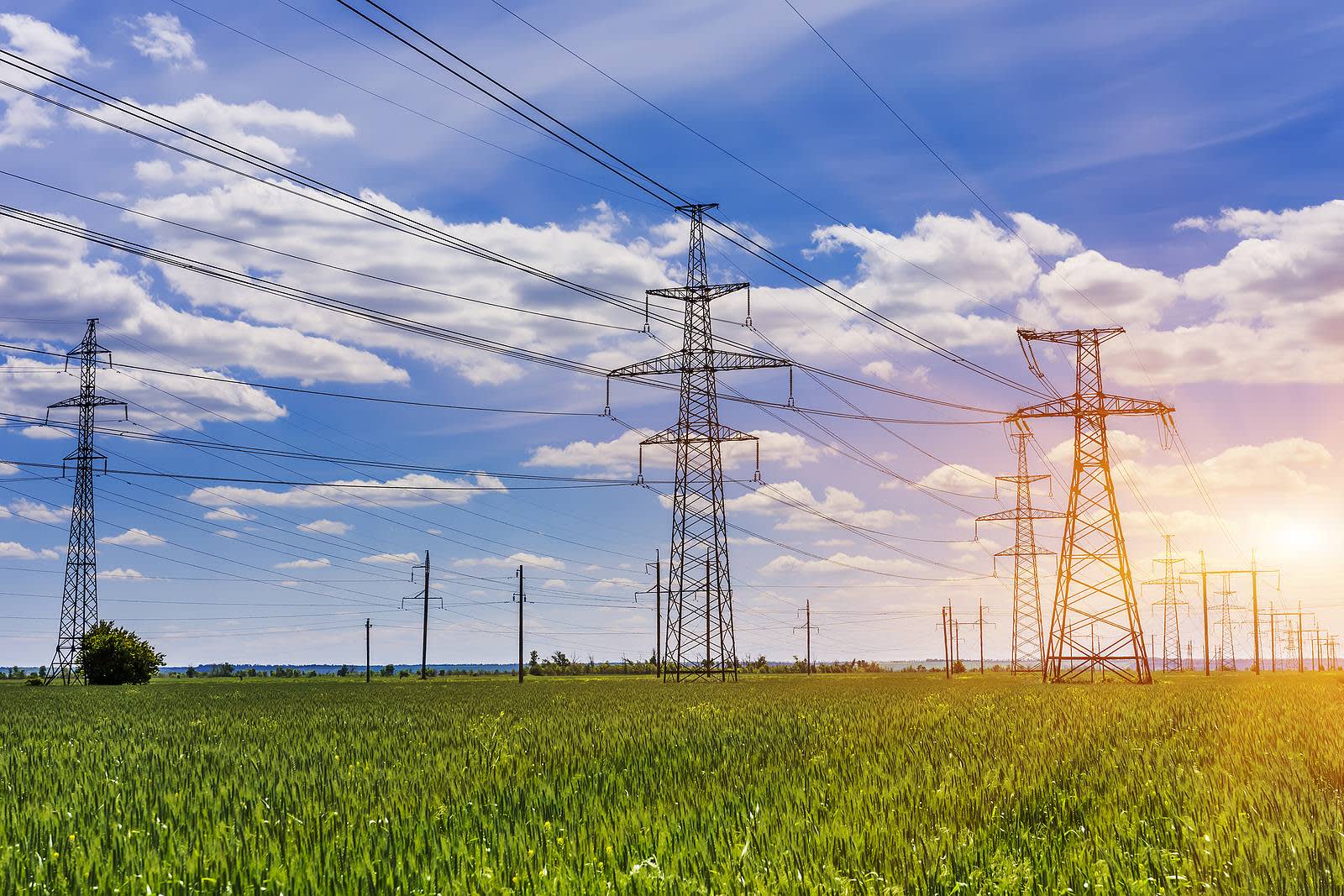Electric Insights: the top stories for Britain’s energy generation for 2023 so far
The first quarter of 2023 saw massive changes in Britain’s electricity generation landscape and our journey towards net zero. Here we explore what they mean with the key highlights from the latest Electric Insights report.
Electric Insights is produced quarterly with an objective overview of the latest developments and is independently created by a team of academics at Imperial College London.
Want access to the full Electric Insights report? Download it at the end of this article.

Wind overtakes natural gas as Britain’s largest source of energy for the first time
In the first quarter of 2023, power from wind turbines took over from gas as Britain’s main source of electricity. That’s the first time in more than 100 years that fossil fuels have not been our biggest power provider. Between January and March 2023, wind supplied 32.4% of the country’s electricity – while gas supplied 31.7%. This was partly because January was very windy, with turbines generating more than 21GW for the first time.
Only 10 years ago, wind was in fifth place. But since then, we’ve seen a fourfold increase in its power output. Massive increases in capacity (a rise of 3GW or 14% in the last year alone) and mild weather compared with a year earlier combined to put wind into first place.
It’s expected that wind will continue to provide the lion’s share of our electricity in the coming winters too, while fossil fuels retreat into roles where they’re mainly used to provide system stability. These are expected to be made emissions free by carbon capture or eventually replaced by new clean technology. One thing’s certain: the electricity generation mix in Britain is changing for good.
Imported energy in Britain exceeds electricity generated by nuclear power
Nuclear power fell behind electricity imports from abroad for the first time in Q1 2023. Imports saw some of the highest levels ever recorded thanks in part to the restoration of the IFA interconnector link that was interrupted after fire damage in 2021.
In February, nuclear output shrank to 4GW – half the level five years previously. This was caused by Sizewell B being taken offline for maintenance and refuelling, while at least one reactor was also offline at every other nuclear power station in Britain.
Increased electricity imports are set to double under the Government’s Energy Security plan. Relying on power from other countries in mainland Europe this way depends on them continuing to produce a surplus of energy to sell. However, one of the lessons of the conflict in Ukraine and its staggering effect on gas prices is that this anticipated surplus cannot always be relied upon. Which means the Energy Security plan may not be quite as secure as it might be.
The US introduces huge support package for the green transformation
The Inflation Reduction Act, brought into force on 1 January, marks a major commitment to the green energy transition from the US Government. It promises $370 billion in funding and tax breaks to support decarbonisation and clean energy. This is on top of $76 billion already committed to clean energy through the Bipartisan Infrastructure law.
Overall, the total US support package adds up to £1,350 for each individual. The equivalent programme in the UK would require more than £80 billion of funding. And while the Government has been spending heavily on energy recently, the vast majority has been towards much-needed efforts to keep customers’ electricity bills down.
UK losing leadership in wind and solar
Meanwhile, new investment in wind and solar generation is being held back by the regulatory framework. Only two new onshore wind turbines were built in 2022, and only one has started construction in 2023. This is leading to increased costs for customers – which one estimate puts at £182 for every billpayer.
Long waiting times (of 10 years or longer) for connection to the Grid have led to many clean energy projects being put on hold. This lack of Government support and lack of practical action is making the green energy transition more challenging and more expensive.
Access the full Electric Insights report
Want the full Electric Insights report delivered to your inbox? Fill in the form below.